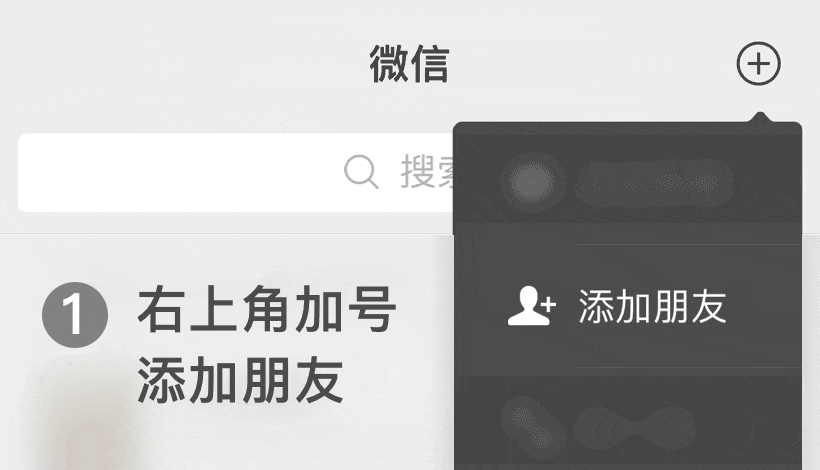What are the characteristics of ion exchange columns
Ion exchange column is a device for conducting ion exchange reactions, which has the following characteristics:
1. High separation efficiency
Correct adsorption: Ion exchange resin is filled in the column, and with its special chemical structure and active groups, it can correctly and selectively adsorb target ions in the solution. For example, strong acidic cation exchange resin can effic
Ion exchange column is a device for conducting ion exchange reactions, which has the following characteristics:
1. High separation efficiency
Correct adsorption: Ion exchange resin is filled in the column, and with its special chemical structure and active groups, it can correctly and selectively adsorb target ions in the solution. For example, strong acidic cation exchange resin can efficiently capture divalent cations such as calcium and magnesium in solution, achieving clear separation between different ions and laying a solid foundation for obtaining high-purity products in the future.
Multi stage separation: When multiple ion exchange columns are used in series or parallel, a multi-stage separation system can be constructed. This system can gradually and deeply purify mixed liquids of complex components, separating each component one by one and improving product purity. It is commonly used in processes such as ultrapure water preparation and rare earth element purification that require high purity.
2. High operational flexibility
Continuous and intermittent operation: The ion exchange column supports continuous and uninterrupted operation to meet the stable production needs of large-scale industrialization; It can also be flexibly switched to intermittent mode, making it convenient to debug process parameters during small-scale and pilot stages. Researchers and engineers can choose the appropriate operating mode according to the actual situation.
Convenient resin replacement: When the ion exchange resin in the column is saturated with adsorption or experiences failure such as damage or poisoning, resin replacement is relatively easy. Simply open the port of the column to extract the old resin and fill it with new resin, which is time-saving and does not require the use of complex professional tools, allowing the equipment to quickly return to working condition.
3. Wide adaptability
Diverse processing objects: Whether it is acidic, alkaline, or neutral solutions, ion exchange columns can handle various inorganic and organic solutions with ease, and can demonstrate their skills in many industries such as chemical, pharmaceutical, environmental protection, and food, treating raw materials and wastewater of different properties.
Large scale span: ion exchange columns come in a wide range of sizes and specifications, ranging from small micro columns with a volume of a few milliliters in the laboratory, used for analysis, detection, and method development; Giant columns ranging from hundreds to thousands of cubic meters in industrial sites are used for large-scale material processing, adapting to different production and research scenarios.
4. The equipment is relatively simple
Less structural composition: mainly composed of basic components such as columns, inlet and outlet ports, resin loading area, etc. Compared with some large and complex chemical separation equipment, ion exchange columns do not have too many complex mechanical transmission structures and ancillary devices, and their structure is simplified. This not only reduces manufacturing difficulty and cost, but also reduces the probability of failure occurrence, making daily maintenance easier.
Low operating energy consumption: The ion exchange process is mostly based on the principles of ion adsorption and desorption, and does not involve high energy consumption links such as high temperature and high pressure. Daily operation only requires a small amount of electricity consumption to drive the pump for solution flow, and the energy cost is relatively low.
5. Recyclable and Regeneratable
Resin regeneration: After ion exchange resin is saturated with adsorption, it can be treated with specific regenerants to restore its adsorption capacity to its active groups. The cost of regenerating cation exchange resin with dilute hydrochloric acid is much lower than purchasing new resin, which is both environmentally friendly and economical.
Resource recycling: High value ions obtained through ion exchange column separation and enrichment can be further converted into corresponding products to achieve resource recycling, such as extracting rare metals such as lithium and cobalt from waste battery recycling solution.

 WeChat number:WEIXINHAOMA
WeChat number:WEIXINHAOMA
